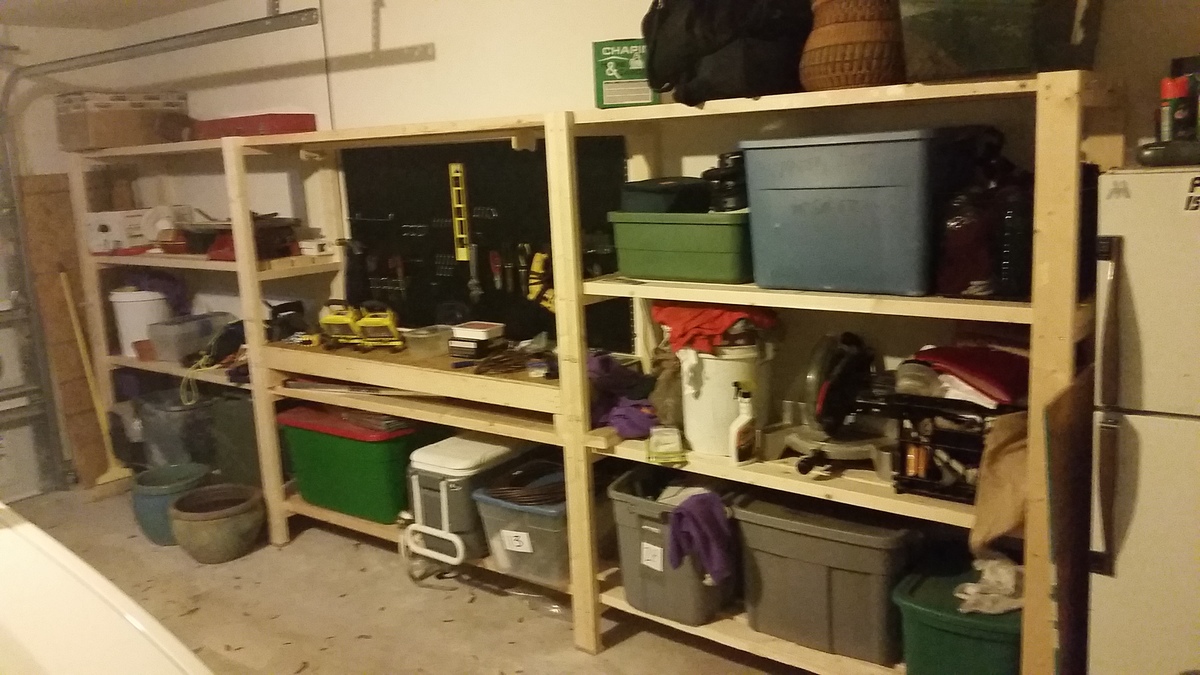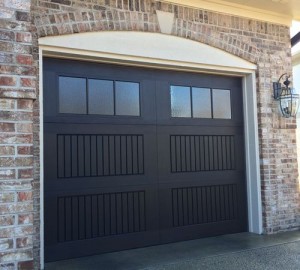
There are many factors that can affect the cost of converting garages into living spaces. Because the property's dimensions and location can influence the price, this is why the final cost may vary. If you live in San Francisco, for example, garage conversions may cost you more than you might expect. The total cost of a garage conversion may be lower if you live in Colorado or Minnesota.
The cost of a garage remodel depends on many factors. At least three estimates are required to figure out how much it will cost.
The average garage conversion cost in the United States is $15,017. Prices will vary depending upon where you live. This includes all the work required to complete the task, including new windows, floors and ceilings. If you need a kitchen or bathroom, you'll also have to factor in the costs of appliances and plumbing.

To make your space beautiful, you will have to go beyond the usual garage remodeling. You will need to make sure there are plenty of windows in your new space, add some finishing touches such as ceiling tiles, and replace the floor with a leveling cement. It's a good rule of thumb to spend at most $5 per square footage for vinyl or laminate flooring and $7 per square for tile. Hardwood flooring costs $15 per square.
The cost of a garage conversion is subject to change, but the return on investment should be sufficient. Even if the goal is not to sell your home, it can improve your resale values. You can make a great investment in a garage to earn rental income. A garage well finished can provide extra space for guests, a playroom and even a home office.
A garage conversion will cost you extra. You also need to consider the costs of insulation, HVAC, and plumbing. You might need a building permit depending on where you live to start major renovations. You can begin construction once you've obtained the permits.
Costs for garage conversions vary depending on where you live, what features you want, how many materials you use, and whether the work is being done by someone else or you. The value of your new living space will depend on many factors including the market. Some municipalities prohibit garage conversions.

The best way to get an estimate on the cost of garage conversions is to speak with a local contractor. The average cost to remodel a two-car garage is around $86/square foot. A one car garage is roughly 240 squares.
FAQ
How much does it take to completely gut and remodel a kitchen?
You might be wondering how much it would cost to renovate your home.
A kitchen remodel will cost you between $10,000 and $15,000. There are many ways to save money and improve the overall feel of your kitchen.
Preparing ahead can help you cut down on your costs. This includes choosing the right design style and color palette to suit your budget and lifestyle.
Hiring an experienced contractor is another way of cutting costs. A professional tradesman knows exactly how to handle each step of the construction process, which means he or she won't waste time trying to figure out how to complete a task.
It would be best to consider whether you want to replace or keep your existing appliances. The cost of replacing appliances can increase by thousands of dollars in a kitchen remodel project.
In addition, you might decide to buy used appliances instead of new ones. Because you don't need to pay for installation, buying used appliances can help you save some money.
Shopping around for fixtures and materials can help you save money. Many stores offer discounts on special occasions such as Cyber Monday and Black Friday.
What are the included features in a full remodel of your kitchen?
A complete kitchen renovation involves more than simply replacing the sink and faucet. Cabinets, countertops, appliances and lighting fixtures are just a few of the many options available.
Homeowners can remodel their kitchens completely without needing to do major work. This means there is no need to tear down the kitchen, making the project more manageable for both the homeowner as well as the contractor.
A kitchen renovation can include a variety of services such as plumbing, HVAC, painting, drywall installation, and electrical. Complete kitchen remodeling may require multiple contractors, depending on how extensive the renovation is.
The best way to ensure a kitchen remodel goes smoothly is to hire professionals with experience working together. Small issues can lead to delays when there are many moving parts involved in a kitchen remodel. You should plan ahead and prepare a backup plan for any unexpected situations if you decide to DIY.
Is it cheaper to remodel a bathroom or kitchen?
Remodeling a bathroom or kitchen can be expensive. It may make more sense to spend money on home improvements, considering how much you pay in energy bills each month.
A small upgrade could save you thousands of dollars each year. Simple improvements such as insulation of walls and ceilings can lower heating and cooling costs up to 30 percent. Even a minor addition can increase comfort levels and increase the resale value.
When planning for renovations, it is important to select durable and easy-to-maintain products. Materials such as porcelain tile, stainless steel appliances, and solid wood flooring last longer and require fewer repairs than vinyl or laminate countertops.
You might also find that replacing old fixtures by newer models can reduce utility expenses. By installing low-flow faucets, you can lower your water usage up to half a percent. Up to 75 percent of electricity can be saved by replacing inefficient lighting fixtures with compact fluorescent bulbs.
What is it worth to tile a bathroom?
You might want to go big if you are going to do it yourself. A full bathroom remodels an investment. However, quality fixtures and materials are worth the long-term investment when you consider how beautiful a space will be for many years.
The right tiles will make a big difference in the way your room feels and looks. Here's how to choose the right tiles for your home, regardless of whether it's a small renovation or major project.
First, decide which type of flooring you'd like to install. You have many choices: ceramics, natural wood, stone, porcelain and even stone. The next step is to choose a style. Next, choose a color palette.
For large bathroom remodels, you will likely want the tiles to match the rest of your room. You might choose white subway tiles in the bathroom and kitchen, but use darker colors in other rooms.
Next, estimate the scope of work. Is it time to update a small powder room? Or would you prefer to add an extra bedroom in your master suite with a walkin-in closet?
After you have determined the scope of work, visit local shops to see samples. You can then get a feel of the product and how it is installed.
Shop online for amazing deals on ceramic and porcelain tiles Many retailers offer free shipping and discounts on bulk purchases.
How do I determine if my house requires a renovation or remodel?
First, check to see whether your home was updated in recent years. A renovation may be a good idea if there have been no updates for several years. On the other hand, if your home looks brand-new, then you may want to think about a remodel.
You should also check the condition of your home. It's possible to renovate your home if there are holes in the walls, peeling wallpaper or damaged tiles. But if your home looks amazing, maybe it's time for a remodel.
A second factor to consider is your home's general condition. Is your house structurally sound? Are the rooms well-lit? Are the floors spotless? These questions are critical when deciding what type of renovation you should do.
What are the top expenses associated with remodeling a Kitchen?
Planning a kitchen renovation can be costly. These include demolition, design fees, permits, materials, contractors, etc. These costs seem small when you look at them individually. However, when you add them together, they quickly become quite large.
Demolition is most likely the most expensive. This includes the removal of old cabinets, countertops, flooring, and appliances. Then you have to remove the drywall and insulation. Finally, you have to replace those items with new ones.
Next, you must hire an architect to draw out plans for the space. To ensure your project is compliant with building codes, you will need to pay permits. You will then need to find someone to perform the actual construction.
Finally, after the job is completed, you must pay the contractor. All told, you could spend anywhere between $20,000 and $50,000 depending on how big the job is. This is why it's important to get estimates form multiple contractors before hiring one.
You can sometimes avoid these costs if you plan. You may be eligible to get better prices on materials, or you might even be able skip some of your work. You will be able save time and money if you understand what needs to done.
People often try to install their cabinets themselves. Because they don't have professional installation fees, this is a way to save money. The problem is that they usually spend more money trying to figure out how to put the cabinets in place themselves. A job can typically be done in half the time than it would take for you by professionals.
You can save money by buying unfinished materials. You should wait until all of the pieces have been assembled before you buy pre-finished items like cabinets. By buying unfinished materials, you can start using them right away. And if something doesn't turn out exactly as planned, you can always change your mind later.
Sometimes, however, it's not worth all the effort. It is important to plan your home improvement projects in order to save money.
Statistics
- 57%Low-end average cost: $26,214Additional home value: $18,927Return on investment: (rocketmortgage.com)
- 55%Universal average cost: $38,813Additional home value: $22,475Return on investment: 58%Mid-range average cost: $24,424Additional home value: $14,671Return on investment: (rocketmortgage.com)
- Attic or basement 10 – 15% (rocketmortgage.com)
- $320,976Additional home value: $152,996Return on investment: 48%Mid-range average cost: $156,741Additional home value: $85,672Return on investment: (rocketmortgage.com)
- About 33 percent of people report renovating their primary bedroom to increase livability and overall function. (rocketmortgage.com)
External Links
How To
How to Remove Tile Grout on Floor Tiles
Most people don't know that tile grouting exists. It is used for sealing the joints between tiles. There are many different types of grout today. Each has its own purpose. This article will teach you how to remove tile grout off floor tiles.
-
Before you begin, make sure you have everything you need. A grout cutter, grout scraper and some rags are all essential.
-
Now, you will need to remove any dirt or debris from under the tile. You can use the grout cutter to remove grout from the tiles and scrape off any remaining pieces. Take care not to damage the tiles.
-
After cleaning everything, take out the grout scraper. Use it to clean up any grout left behind. If you don't have any grout, you can continue to step 4.
-
Now you can get on with the next step. Make sure to take one of the rags out and soak it in water. Make sure the rag has completely soaked in water. Once the rag is wet, you can dry it by wringing the cloth.
-
Place the wet paper towel at the joint of the tile and wall. Continue pressing down on the rag until you see the grout begin to fall apart. Slowly pull down on the rag until it is pulled towards you. Continue pulling it backwards and forwards until all the grout has been removed.
-
Continue repeating steps 4 through 5 until all grout is removed. Rinse the ragout and repeat the process if necessary.
-
After you have removed grout, dry the tiles by wiping them with a damp cloth. Allow to dry completely.